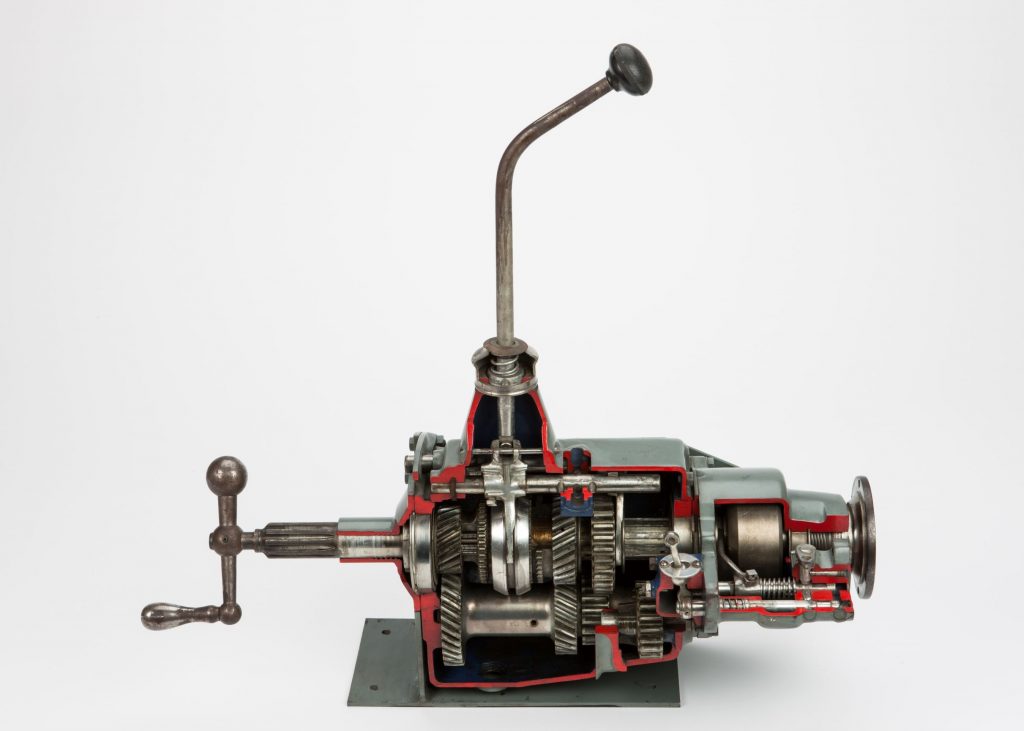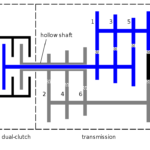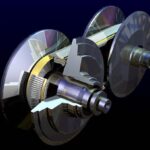A sequential transmission is a type of transmission used on motorcycles and high-performance cars for auto racing, where gears are selected in order, and direct access to specific gears is not possible. Cars with SMTs have a manual transmission with no clutch pedal; the clutch is automatically engaged.
In a race car, the motion of the shift lever is either “push forward” to upshift or “pull backward” to downshift. If you are in a gear and you want to go to a higher gear (e.g. from 2nd to 3rd), you push the shift lever forward. To go from 3rd to 4th, you push the lever forward again. To go from 4th to 5th, you press it forward again. It is the same motion every time. To drop back down a gear, say from 5th to 4th, you pull the lever backward. In European mass-produced automobiles, the shift lever, the motion of the shift lever is either “push forward” to upshift or “pull backward” to downshift moves forward and backward to shift into higher and lower gears, respectively. In Formula One cars, there are actually two paddles on the sides of the steering wheel, instead of a shift lever. The left paddle upshifts, while the right paddle downshifts. On a motorcycle, you do the same thing, but instead of moving a lever back and forth with your hand, you move a lever up and down with your foot.

Advantages of using Sequential Transmission-
1. It provides a direct connection between engine and transmission, allowing 100 percent of the engine’s power to be transmitted to the wheels.
2. The SMT provides more immediate response and ensures that the engine RPMs do not drop when the driver lifts off the accelerator (as happens with an automatic), giving her more precise control over power output.
3. It uses a solid coupling, as opposed to a fluid coupling (torque converter)
4. The sequential shift lever takes up less space in the race car cockpit.
5. The sequential shift is quicker.
6. The sequential shift is consistent. You do not have to think before gear change.
7. The hand location is consistent; the shift lever is always in the same place for the next shift.
8. The gearbox reduces the risk of blowing up engine due to mis-shift.


